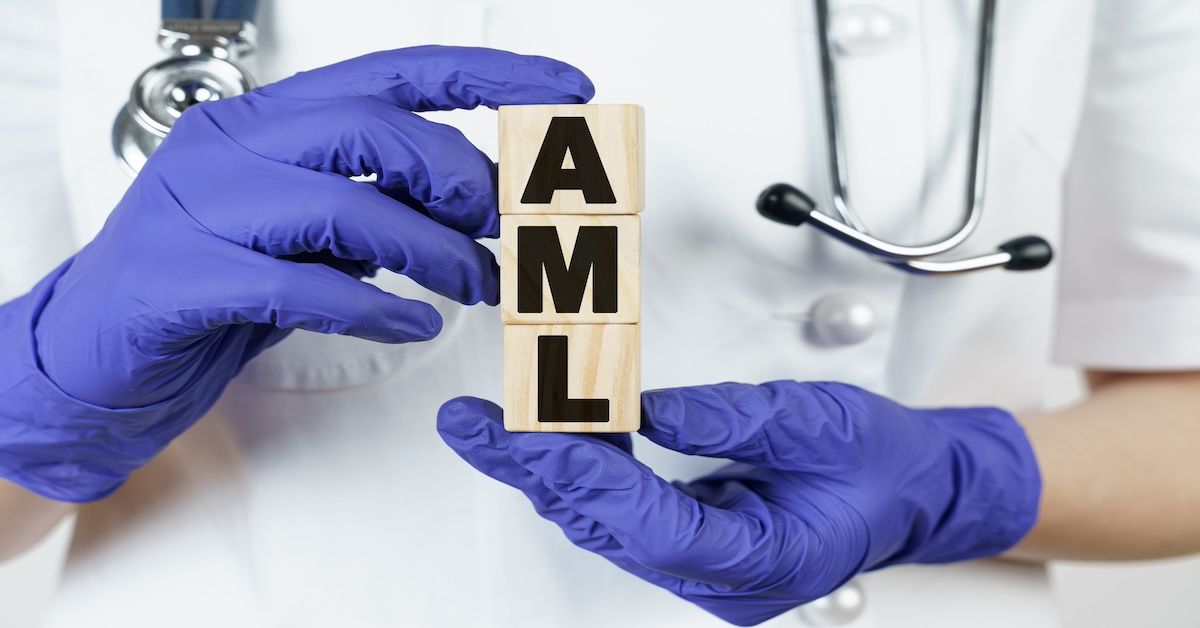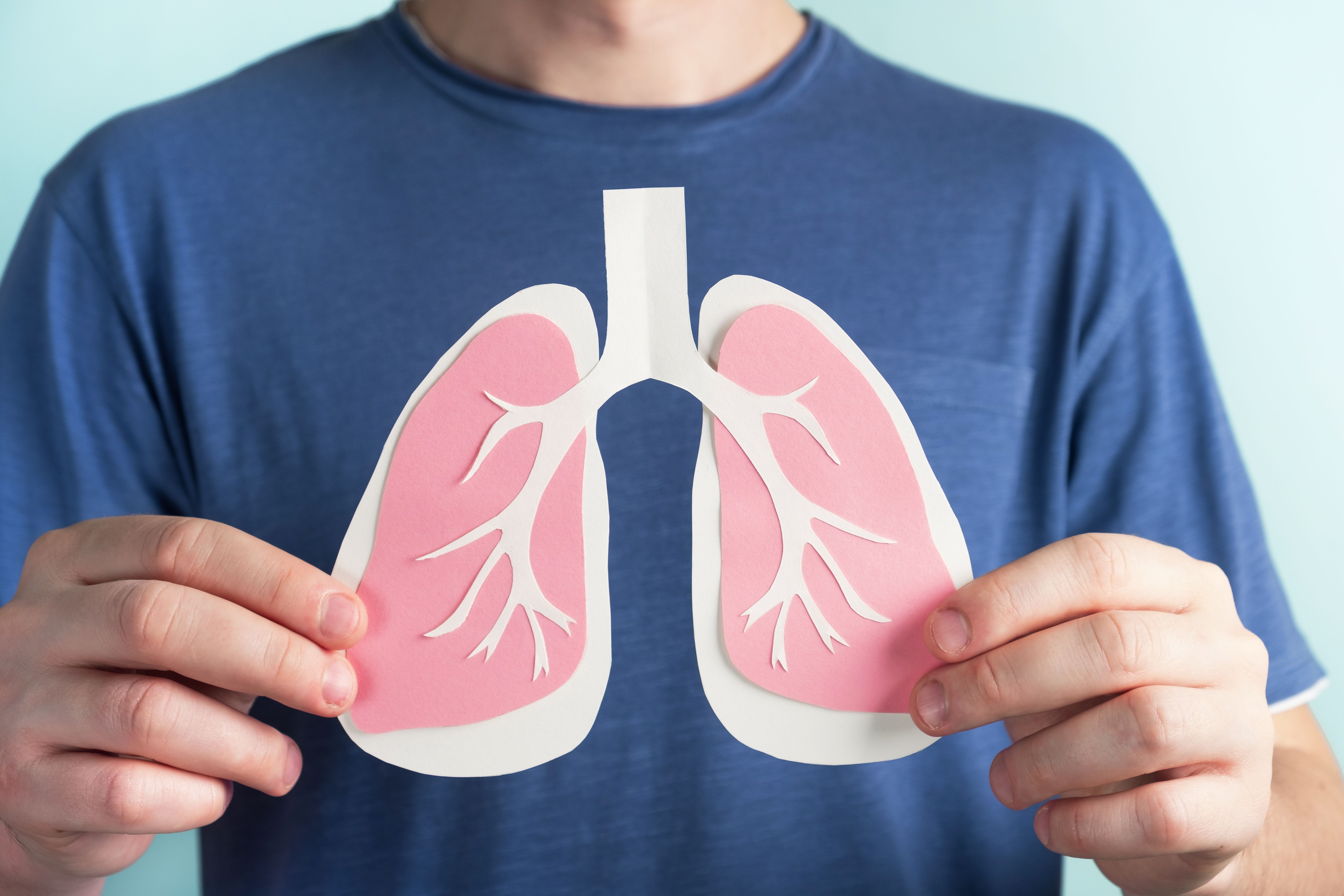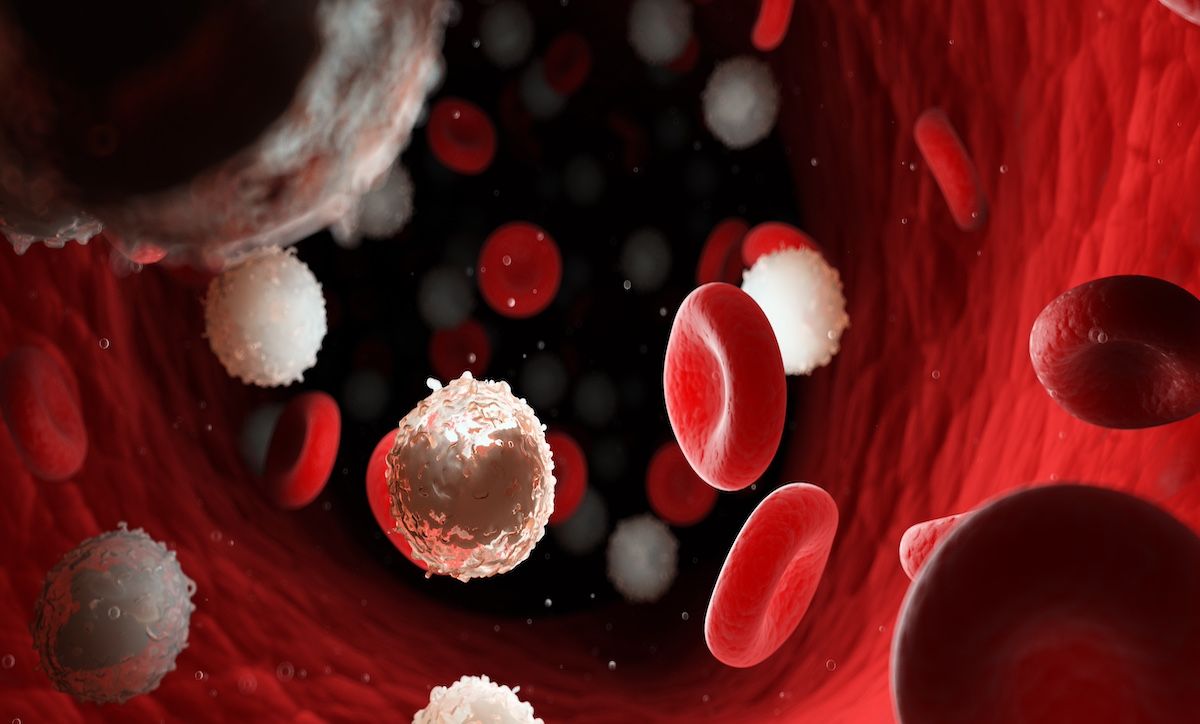News
Article
Induction Treatment Based on Pharmacogenomics May Address Racial Disparities in AML
Author(s):
Data from this new study suggest that tailoring induction therapy for acute myeloid leukemia (AML) based on cytarabine pharmacogenomic 10–single-nucleotide variant score could better treatment for these young patients, particularly those who are Black.
Increasing the dosing of induction treatment for acute myeloid leukemia (AML) may be a key to closing the gap on racial disparities in outcomes among young patients, suggest new findings presented in JAMA Network Open.1
The study follows years of research characterizing and determining the drivers of racial disparities in cancer outcomes, including in leukemia.2,3 Data from this new study suggest that tailoring induction therapy based on cytarabine pharmacogenomic 10–single-nucleotide variant (ACS10) score could better treatment for these young patients, particularly those who are Black.
“Incorporating the ACS10 score into diagnostic processes can help us use our chemotherapy options more strategically,” explained lead study author Jatinder K. Lamba, PhD, professor, College of Pharmacy; associate dean for research and graduate education, University of Florida; and member, University of Florida Health Cancer Center, of the findings.4 “We are always running after new drugs, but we see that there are smarter ways to use existing drugs. I’m hoping this [metric] will go into standard guidelines, so that we can use the genetics to inform the regimen.”
The analysis included over 400 pediatric patients, 86 who were Black and 359 who were White, from 2 trials, AML02 (NCT02440568) and AML08 (NCT00703820). Most treatment sites, support care measures, and risk stratification measures were similar between the 2 studies. Across both studies, patients were treated with 1 of 3 induction regimens:standard low-dose cytarabine, daunorubicin, and etoposide; high-dose cytarabine, daunorubicin, and etoposide; or clofarabine and high-dose cytarabine.
There are notable racial disparities associated with outcomes from acute myeloid leukemia among young patients, with induction treatment dosing adjustment a potential solution to close these gaps | Image Credit: Dzmitry-stock.adobe.com

Among patients without core binding factor AML who received standard induction therapy, Black patients had 5-year survival rates half that (25%; 95% CI, 9%-67%) seen among White patients (56%; 95% CI, 46%-70%; P = .03). Meanwhile, when treatment was augmented, there were no observed differences in 5-year survival rates among Black patients (50%; 95% CI, 38%-67%) and White patients (48%; 95% CI, 42%-55%; P = .78).
A similar trend was observed when adjusting treatment based on ACS10 score. Notably, Black patients accounted for nearly 73% of low ACS10 scores in the analysis. The researchers noted that their study was limited by certain small subgroups of patients, including Black patients with high ACS10 scores who received standard induction therapy.
Having low ACS10 scores was associated with significantly worse 5-year event-free survival compared with having high scores (42.4%; 95% CI, 25.6%-59.3% and 70.0%; 95% CI, 56.6%-83.1%; P = .004).
However, when patients with low ACS10 scores received augmented treatment with high-dose cytarabine or with clofarabine and high-dose cytarabine, differences in 5-year event-free survival between patients with low and high scores were alleviated (60.6%; 95% CI, 50.9%-70.2% and 54.8%; 95% CI, 47.1%-62.5%; P = .43).
“We propose that the high prevalence of low ACS10 scores among Black patients is also associated with the poor outcomes reported in other studies, which primarily included patients who underwent standard, low-dose cytarabine–based induction therapy in cooperative group trials,” described the group. “This hypothesis is supported by results reported by investigators from the Children’s Oncology Group. Among patients with AML who were treated in the Children’s Cancer Group 2961 trial or the Children’s Oncology Group AAML03P1 or AAML0531 trials, the event-free and overall survival rates for Black patients were only 35% and 52%, respectively, compared with rates of 50% and 71%, respectively.”
References
1. Lamba J, Marrero R, Wu H, et al. Pharmacogenomics, race, and treatment outcome in pediatric acute myeloid leukemia. JAMA Netw Open. 2024;7(5):e2411726. doi:10.1001/jamanetworkopen.2024.11726
2. Larkin KT, Nicolet D, Kelly BJ, et al. High early death rates, treatment resistance, and short survival of Black adolescents and young adults with AML. Blood Adv. 2022;6(19):5570-5581. doi:10.1182/bloodadvances.2022007544
3. Conneely SE, McAtee CL, Gupta R, et al. Association of race and ethnicity with clinical phenotype, genetics, and survival in pediatric acute myeloid leukemia. Blood Adv. 2021;5(23):4992-5001. doi:10.1182/bloodadvances.2021004735
4. ASCO Post Staff. ACS10 score may help inform treatment, reduce racial disparities in Black pediatric patients with AML. December 11, 2023. Updated December 14, 2023. Accessed June 13, 2024. https://ascopost.com/news/december-2023/acs10-score-may-help-inform-treatment-reduce-racial-disparities-in-black-pediatric-patients-with-aml/#:~:text=The%20multigene%20ACS10%20score%20is,Black%20pediatric%20patients%20in%20Africa
Newsletter
Stay ahead of policy, cost, and value—subscribe to AJMC for expert insights at the intersection of clinical care and health economics.




